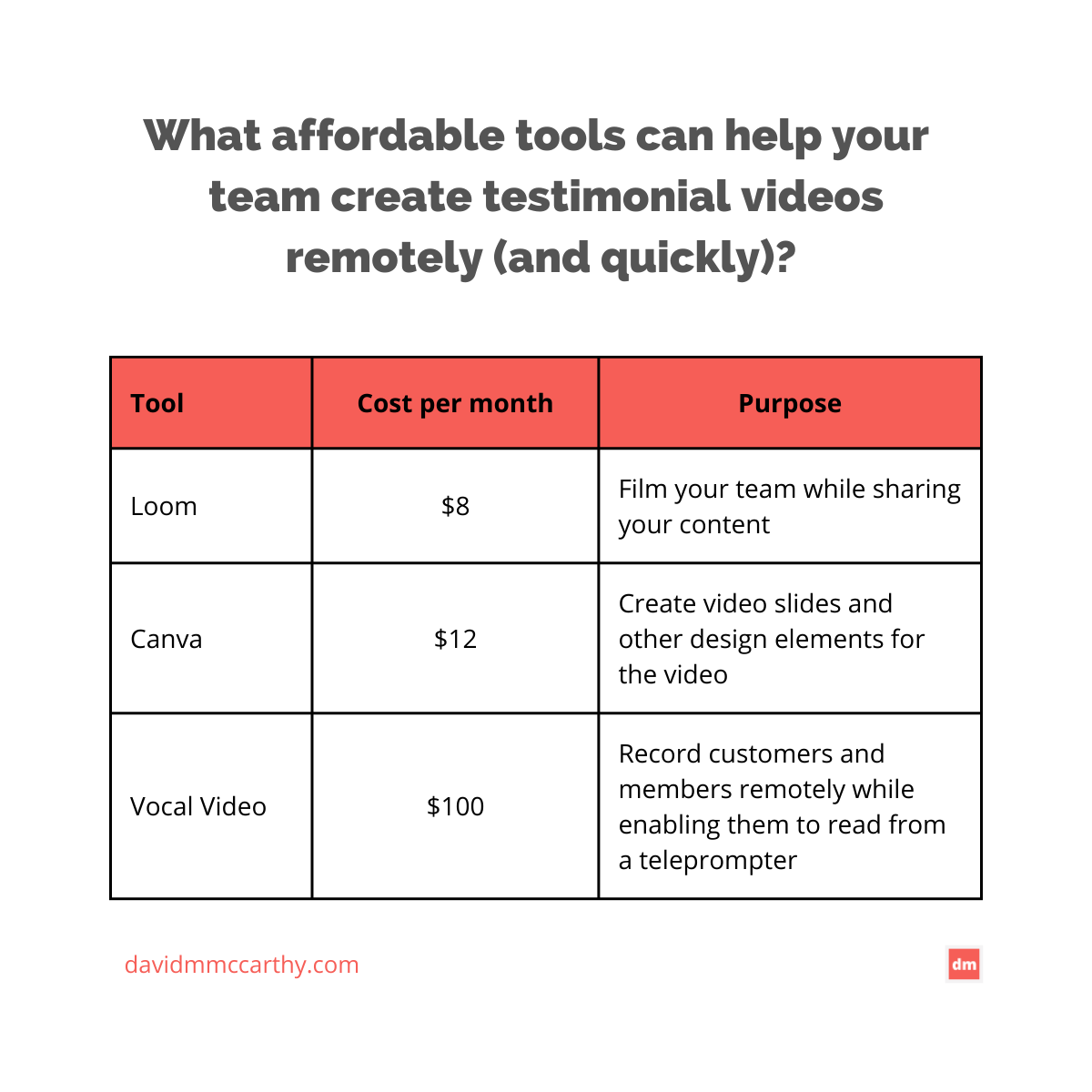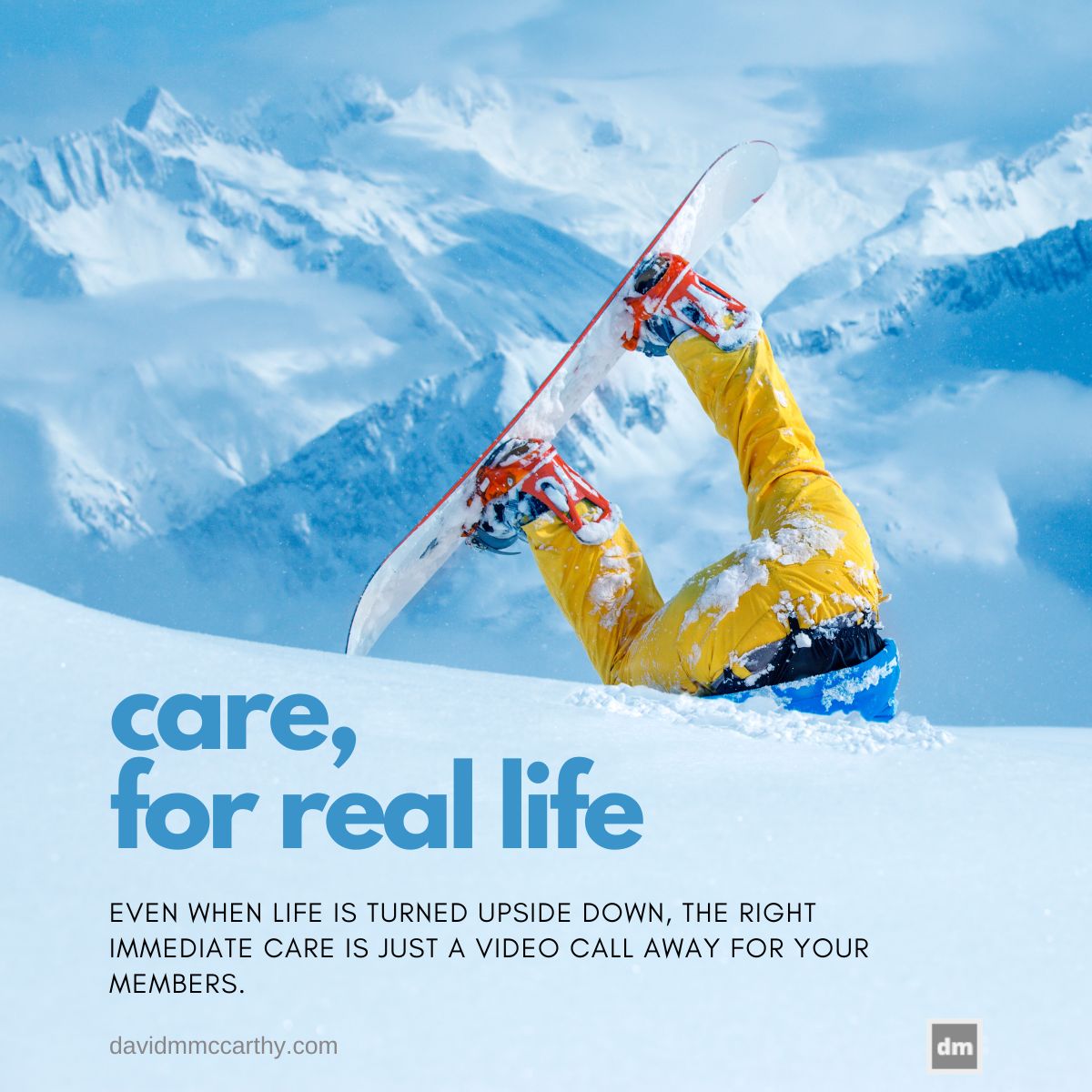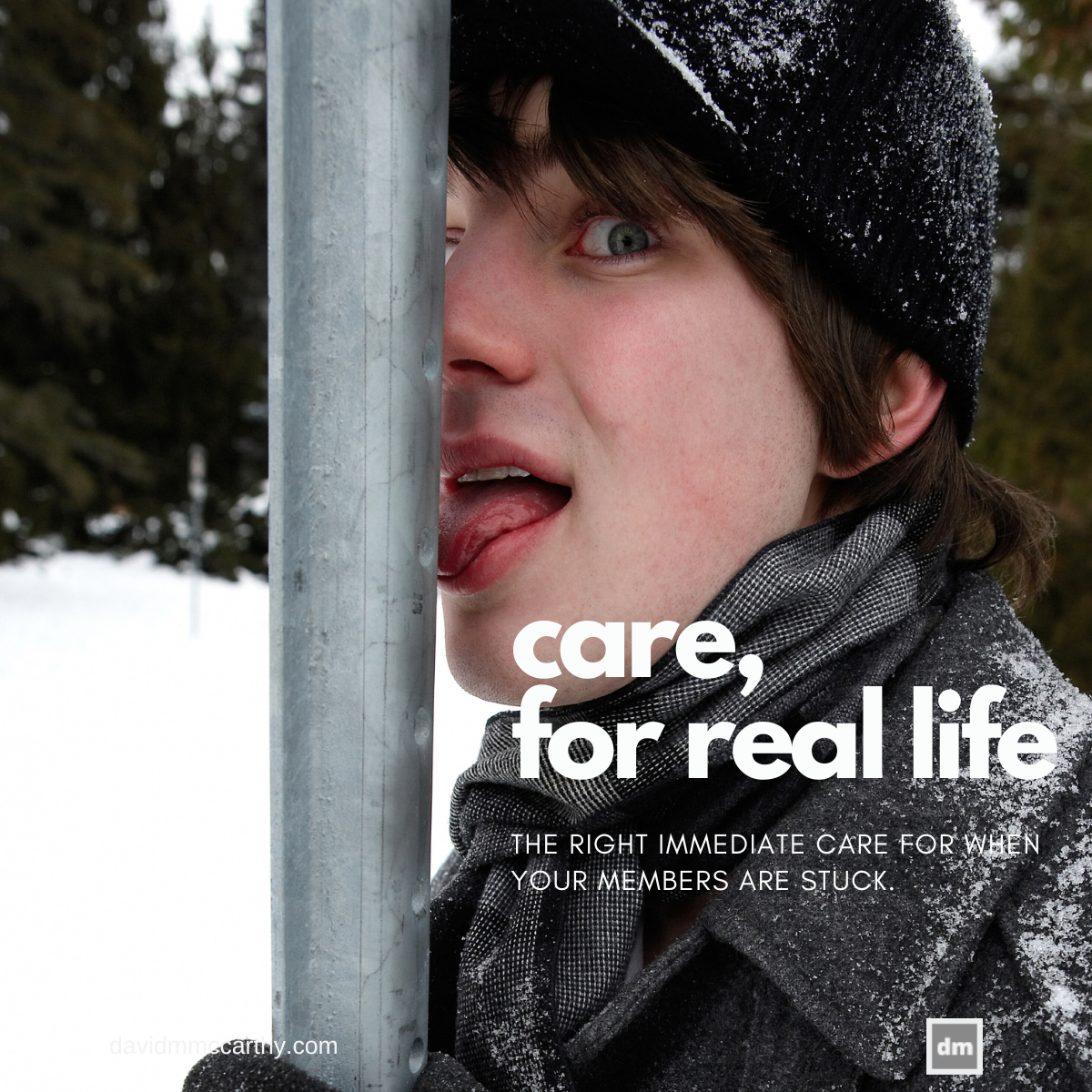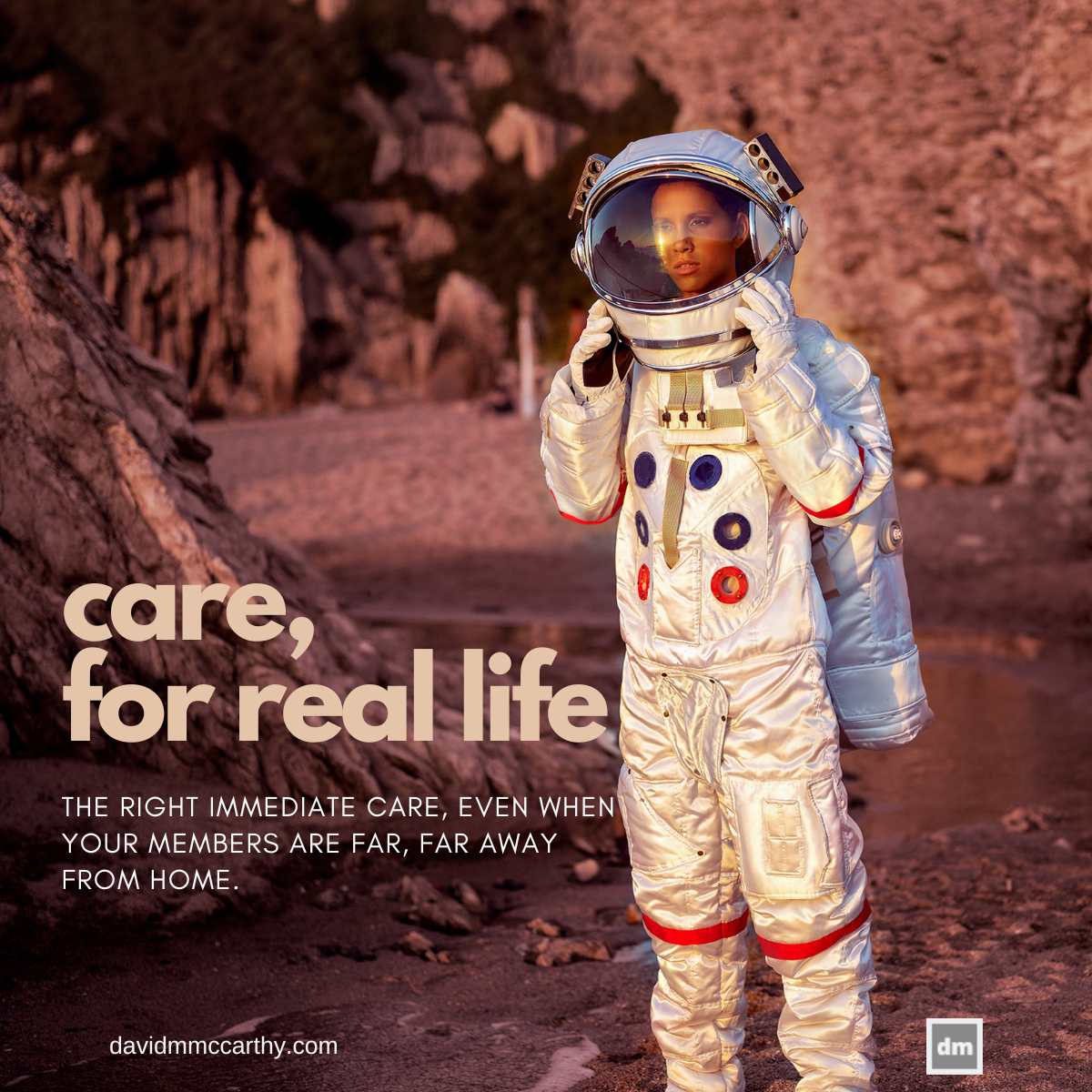The Differential | #2
David McCarthy
Long-form content is having a Kate Bush-like summer. Is A16Z laying the groundwork for a book on building healthcare companies? And why The Bear may not always be the best analogy for marketing teams’ content strategy.
Some B2B healthcare marketing headlines
A16Z’s Vineeta Agarwala and Jay Rughani published another (wonderful) playbook. In their latest, they focused on two-sided networks in healthcare. Is it only a matter of time before they aggregate the articles into a book, like their colleague Andrew Chen did recently? Read/listen to the playbook.
Is long-form content back? Vera Whole Health, along with Castlight, published a 28-page guide (that they estimate can be read in 30 minutes!) on advanced primary care services. (As competition heats up and companies need to accelerate their pipeline, I do wonder whether we’ll see a resurgence of long-form content as a lead-generation tactic. I’m not sure that’s always the route to go, but it will be interesting to see.) Visit the landing page.
Health Tech Nerds continues to push out wonderful content on a predictable schedule, which is an incredibly hard thing to do. See their latest content.
Joining the long-form trend is the US Department of Veterans Affairs, who recently published “The Playbook: Digital Healthcare Edition, Phase 1.” It’s a wonderful piece of content. Their landing page may be the real MVP, atomizing individual chapters from the ebook into solution-specific guides and encouraging distribution. See the landing page.
In what seems like a rare very-top-of-funnel play for a B2B healthcare company, Included Health published an article on great leadership. I see the connection to Included’s value proposition, persona target, and solution portfolio, but rarely do I see enterprise marketing teams in healthcare extend their content efforts this early in the funnel, flywheel, etc. Based on the keyword repetition, it seems like an SEO play as well. Read the article.
Ginger continues to impress. They seemingly see the value of LinkedIn organic for brand awareness, publishing nonhyperlinked, copy-only messages (very comparable to their parent, Headspace) that speaks to their audience (in this case, members or employees) rather than screaming about their brand and their product. Hats off to their social and content teams for doing organic B2B social in a refreshingly non-B2B-healthcare way. See an example.
On LinkedIn, Teladoc Health is advertising a “white paper.” Titled “Primary care reimagined” (elsewhere it’s titled “The promise of virtual care”), the eight-page white paper is more a sales brochure, with solution/brand-focused copy. If I’m reading its file code correctly, the white paper was published in 2021, so it’s been in market for some time. (With how bottom-funnel this piece turns out to be, I wonder if Teladoc has ever developed a definitive mid-funnel guide on their category. A missed opportunity if they haven’t.) Check out the white paper.
Solv is hosting a kind of webinar I applaud—an educational one with a hyper-specific topic: how to calculate patient lifetime value. From my perspective, too often webinars try to tackle a topic with the scope of a Great American Novel (e.g., “How to transform healthcare”). To keep the literary analogy going, those with the scope of a short story, like Solv’s, may not generate as many leads but, in my opinion, produce better content, uncover more reliable buyer intent, and likely have better conversion rates. See the landing page.
Sage Growth Partners announced a partnership with Slice of Healthcare, a healthcare news and media company. From an audience-building perspective, this partnership will be interesting to watch. Read the story.
And now, some data on content marketing



A differential diagnosis
The stand-up comic’s approach to content marketing, or the anti-atomization practice
TL;DR: Instead of writing long-form pieces and then atomizing them into smaller pieces, what if we started first with smaller assets (to test them) and then combine them once the market’s validated the content’s value?
Maybe we’ve been doing it wrong, or at the very least, maybe we’ve been ignoring another way.
For years, we’ve heard that to run a content program efficiently, you first create a longer, premium piece of content and then atomize it across different channels. Chapters, H2s, images, and quotes all get diced up and repurposed. H2 sections become blog articles. Images become Instagram posts. Quotes become testimonials. It’s like marketing team’s version of The Bear.
But maybe we could have borrowed from stand-up comics rather than butchers: test out new material in smaller or discrete settings before packaging the best work up for a larger audience.
For example, instead of spending weeks (months?) on a campaign promoting an ebook or a cornerstone article, what if you “leaked” potential parts of it to gauge your audience’s response to it first? Does that decrease the risks of a campaign and a GTM lag?
Here’s how I would think about running this experiment:
Speak with your customers or customer-facing teams to learn what education or topic may resonate and help the market right now. (Or conduct your keyword and industry research on your own.)
Solidify your company’s angle or narrative on the topic, and unfold three pillars (or message buckets) that your business excels at to support that narrative.
Draft three longer LinkedIn posts for each pillar, and design three images or slideshow videos that reflect key principles or data points in them. Treat them as separate assets rather than combining them.
Launch them as organic posts, and sponsor them if you want to ensure more-targeted results (i.e., to exclude non-qualified engagement, like employees).
If the posts perform as good or better, aggregate them and fill in gaps for that section. If they don’t, tweak the content for future posts or move to other pillars.
Repeat until your team has confidence that your audience will respond well to it or has enough data to suggest moving to a different topic.
Name that healthcare brand!
Napkin drafts of B2B healthcare marketing plays
Apps to make testimonial videos for ~$120 remotely
“We don’t have a budget for video.” “We don’t have production time.” “It has to be premium quality, and we don’t have the team or tools for that.”
These are common concerns I hear that prevent teams from considering video marketing, especially around client and member testimonials.
Generally, I tend to disagree with them for a couple reasons. First, I usually don’t see the value in an expensive, high-production video when clients, members/patients, and employees can churn within a matter of months and when products (and thus messaging) get repositioned frequently. Second, with social video engagement rising exponentially, I’m actually not confident audiences expect production quality that rivals network-TV ads. While that level of quality signals credibility (and capital), to me, interesting, timely, and helpful content trumps pristine production quality.
That got me thinking, though: what are some tools you can use to affordably create a solid testimonial or member experience video, remotely?


If a consumer brand designed a B2B healthcare ad
I often wonder whether virtual-care brands are using the right photos to memorably reflect the value prop of virtual immediate care. (I mean, I rarely launch a virtual-care app in a sundrenched sitting room that Rejuvenation furnished.)
What would their ads look like if they mixed it up and aimed for authenticity, like B2C brands tend to do?
I didn’t hit the mark at all here, but it was fun thinking through ideas and searching through Canva’s limited library.




On marketing tactics
I highlighted Metadata a few weeks ago, but I have to again: I find their customer-testimony video to be incredibly effective for brand awareness. Talk about voice of the customer. Scroll down the page to watch.
With its cancelled-meeting candle, Loom owns the merch award of the week. (Apparently, though, candles are not immune to inflation.) Chuckle at the candle.
A brief disclaimer
I reference and link to many healthcare brands in the newsletter. Including them does not signify an endorsement of their business.
